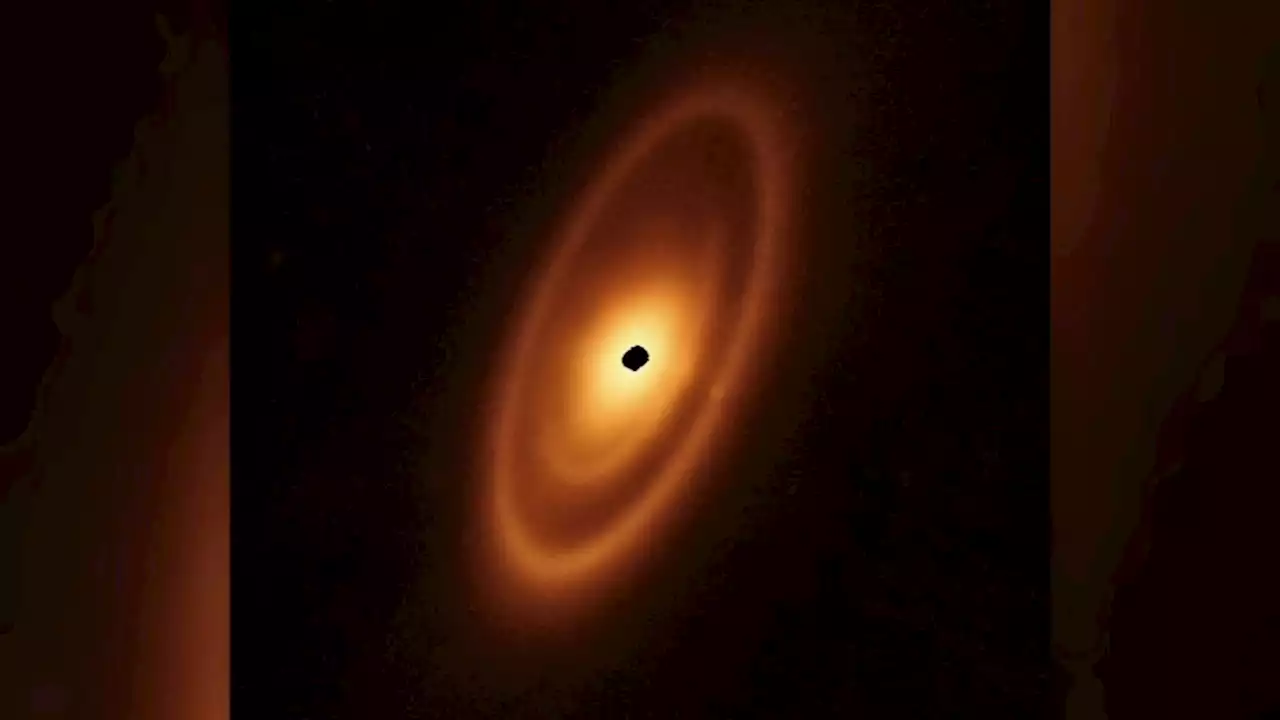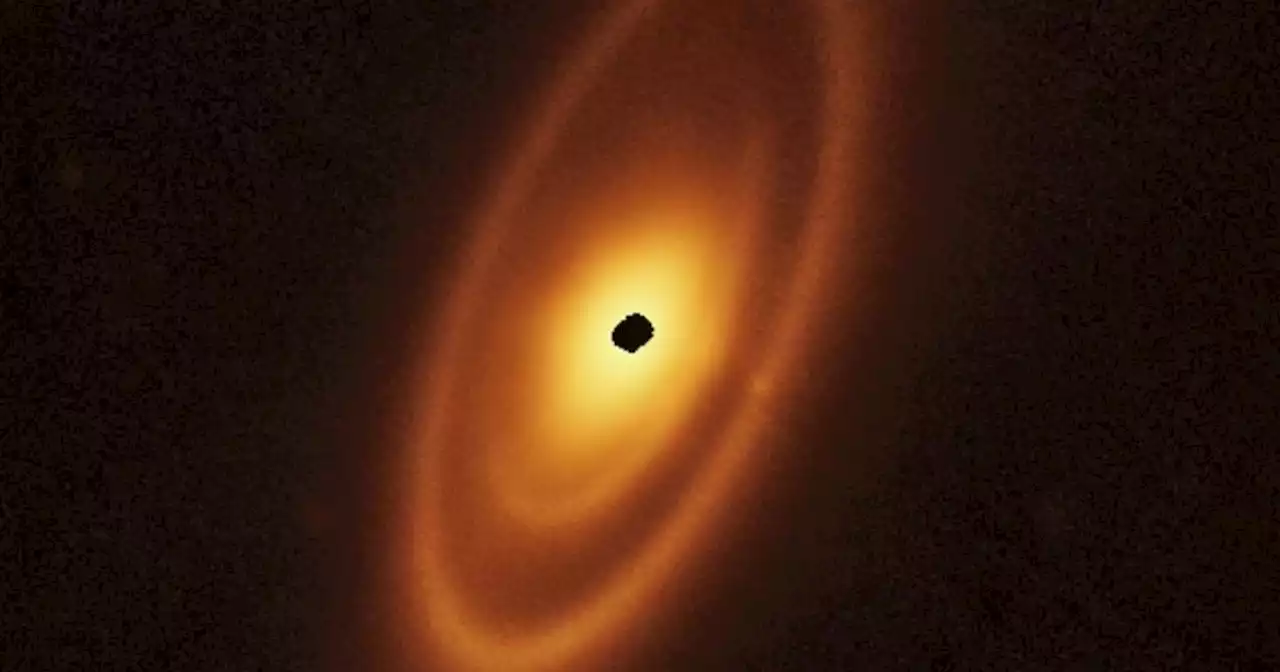As well peering back at the earliest galaxies in the universe, the JamesWebbSpaceTelescope is also letting astronomers learn more about how planets form.
As well as helping us learn about the earliest galaxies in the universe and taking stunning images of parts of our solar system, the James Webb Space Telescope is also letting astronomers learn more about how planets form. Although we know that planets form from disks of dust and gas around stars called protoplanetary disks, there’s still a lot we don’t know about this process, particularly about how forming planets affect the rest of the system around them.
Webb was used to study to study the Fomalhaut star, located in the constellation Piscis Austrinus, which is forming planets in a manner that is similar to what happened in our solar system around 4 billion years ago. The forming planets themselves aren’t visible, but the researchers could infer their presence based on the gaps in the dusty disk. They saw three concentric disks stretching a total of 14 billion miles from the star.
Related Videos Astronomers had previously looked at this system with Hubble, but had only been able to see the outer ring, but with Webb’s more powerful infrared instruments, it was able to see the warm glow of the dust from the interior rings as well. That supports the idea that there are planets there, even if they can’t be seen yet.
Malaysia Latest News, Malaysia Headlines
Similar News:You can also read news stories similar to this one that we have collected from other news sources.
 James Webb telescope evidence of hidden planets around nearby starOut of this world! New James Webb telescope images provide evidence of hidden planets around a nearby star.
James Webb telescope evidence of hidden planets around nearby starOut of this world! New James Webb telescope images provide evidence of hidden planets around a nearby star.
Read more »
 James Webb telescope evidence of hidden planets around nearby starOut of this world! New James Webb telescope images provide evidence of hidden planets around a nearby star.
James Webb telescope evidence of hidden planets around nearby starOut of this world! New James Webb telescope images provide evidence of hidden planets around a nearby star.
Read more »
 James Webb telescope evidence of hidden planets around nearby starOut of this world! New James Webb telescope images provide evidence of hidden planets around a nearby star.
James Webb telescope evidence of hidden planets around nearby starOut of this world! New James Webb telescope images provide evidence of hidden planets around a nearby star.
Read more »
 James Webb telescope evidence of hidden planets around nearby starAstronomers used the James Webb Space Telescope to observe the first asteroid belt seen outside of our solar system and unveiled some cosmic surprises along the way.
James Webb telescope evidence of hidden planets around nearby starAstronomers used the James Webb Space Telescope to observe the first asteroid belt seen outside of our solar system and unveiled some cosmic surprises along the way.
Read more »
 James Webb Telescope reveals structure of ancient star-forming galaxy in detailThe galaxy, GN20, is over 12 billion light-years away, making it one of the oldest galaxies ever seen with such detail and active star formation.
James Webb Telescope reveals structure of ancient star-forming galaxy in detailThe galaxy, GN20, is over 12 billion light-years away, making it one of the oldest galaxies ever seen with such detail and active star formation.
Read more »
